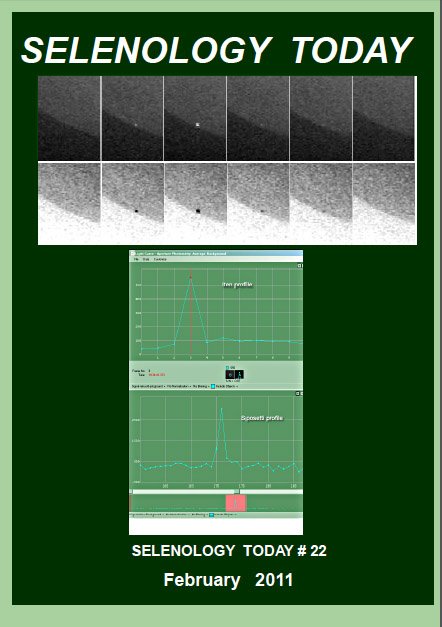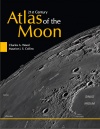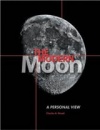Difference between revisions of "February 18, 2011"
| Line 1: | Line 1: | ||
__NOTOC__ | __NOTOC__ | ||
=A Flash in the Night= | =A Flash in the Night= | ||
| − | |||
<!-- ws:start:WikiTextHeadingRule:0:<h1> --> | <!-- ws:start:WikiTextHeadingRule:0:<h1> --> | ||
<!-- ws:start:WikiTextLocalImageRule:6:<img src="/file/view/LPOD-Feb18-11.jpg/202961168/LPOD-Feb18-11.jpg" alt="" title="" /> -->[[File:LPOD-Feb18-11.jpg|LPOD-Feb18-11.jpg]]<!-- ws:end:WikiTextLocalImageRule:6 --><br /> | <!-- ws:start:WikiTextLocalImageRule:6:<img src="/file/view/LPOD-Feb18-11.jpg/202961168/LPOD-Feb18-11.jpg" alt="" title="" /> -->[[File:LPOD-Feb18-11.jpg|LPOD-Feb18-11.jpg]]<!-- ws:end:WikiTextLocalImageRule:6 --><br /> | ||
| − | <em>ST cover image from [http://digilander.libero.it/glrgroup/ Geologic Lunar Research Group]</em><br /> | + | <em>ST cover image from [http://digilander.libero.it/glrgroup/" rel="nofollow Geologic Lunar Research Group]</em><br /> |
<br /> | <br /> | ||
| − | I remember reading a biography of the 19th century geologist Charles Lyell whose scientific articles would often be published within a few days of when he completed writing them. Now it commonly takes 6-12 months for a paper to be peer reviewed and get through the editorial process before being published. But not for <strong>[http://digilander.libero.it/glrgroup/journal.htm Selenology Today]</strong>, the very high level lunar journal published by the Geologic Lunar Research Group. On Feb 17 GLR released a special issue of ST reporting on simultaneous video observations of a lunar impact flash that occurred Feb 11. This event was observed independently by two people 13 km apart, and the flash appears on 3 to 4 frames of each of their videos. It will be interesting to compare LRO high resolution images of the impact area from before and after the event. Check out the issue for the details.<br /> | + | I remember reading a biography of the 19th century geologist Charles Lyell whose scientific articles would often be published within a few days of when he completed writing them. Now it commonly takes 6-12 months for a paper to be peer reviewed and get through the editorial process before being published. But not for <strong>[http://digilander.libero.it/glrgroup/journal.htm" rel="nofollow Selenology Today]</strong>, the very high level lunar journal published by the Geologic Lunar Research Group. On Feb 17 GLR released a special issue of ST reporting on simultaneous video observations of a lunar impact flash that occurred Feb 11. This event was observed independently by two people 13 km apart, and the flash appears on 3 to 4 frames of each of their videos. It will be interesting to compare LRO high resolution images of the impact area from before and after the event. Check out the issue for the details.<br /> |
<br /> | <br /> | ||
| − | <em>[mailto:tychocrater@yahoo.com Chuck Wood]</em><br /> | + | <em>[mailto:tychocrater@yahoo.com" rel="nofollow Chuck Wood]</em><br /> |
<br /> | <br /> | ||
<strong>Related Links</strong><br /> | <strong>Related Links</strong><br /> | ||
| − | NASA's Lunar Impact Monitoring [http://www.nasa.gov/centers/marshall/news/lunar/ Program]<br /> | + | NASA's Lunar Impact Monitoring [http://www.nasa.gov/centers/marshall/news/lunar/" rel="nofollow Program]<br /> |
<br /> | <br /> | ||
<hr /> | <hr /> | ||
Revision as of 22:12, 4 January 2015
A Flash in the Night

ST cover image from " rel="nofollow Geologic Lunar Research Group
I remember reading a biography of the 19th century geologist Charles Lyell whose scientific articles would often be published within a few days of when he completed writing them. Now it commonly takes 6-12 months for a paper to be peer reviewed and get through the editorial process before being published. But not for " rel="nofollow Selenology Today, the very high level lunar journal published by the Geologic Lunar Research Group. On Feb 17 GLR released a special issue of ST reporting on simultaneous video observations of a lunar impact flash that occurred Feb 11. This event was observed independently by two people 13 km apart, and the flash appears on 3 to 4 frames of each of their videos. It will be interesting to compare LRO high resolution images of the impact area from before and after the event. Check out the issue for the details.
" rel="nofollow Chuck Wood
Related Links
NASA's Lunar Impact Monitoring " rel="nofollow Program



